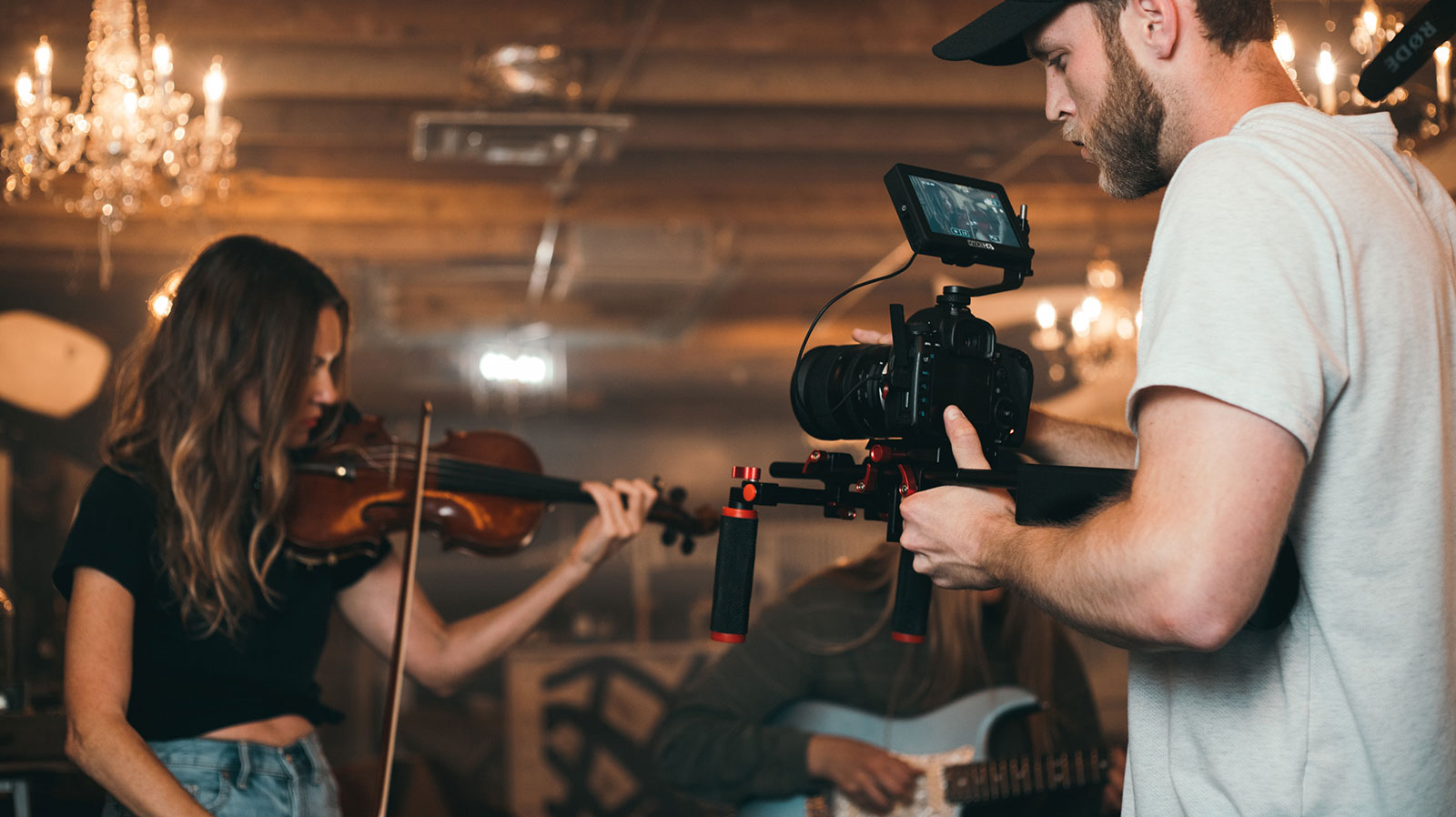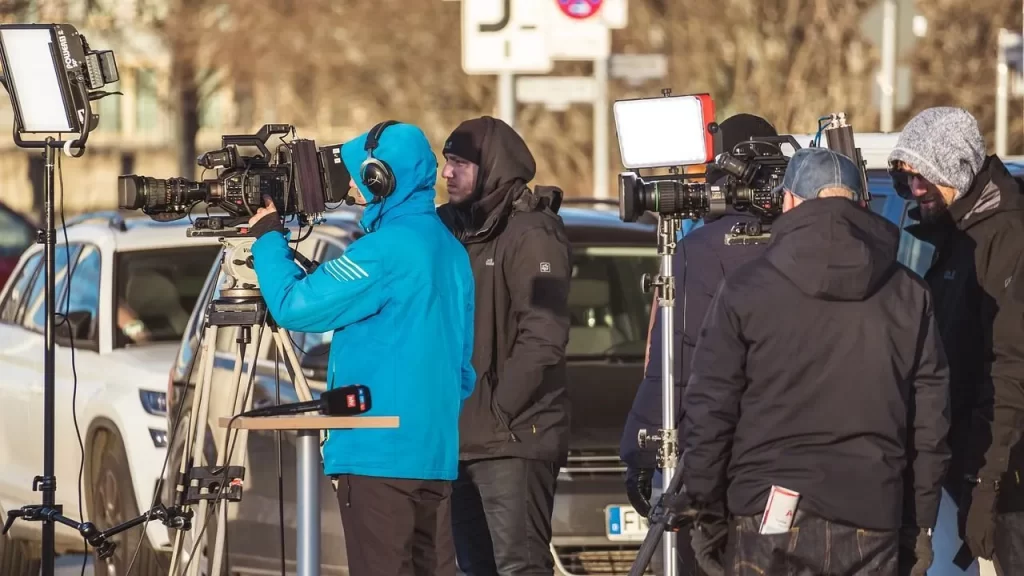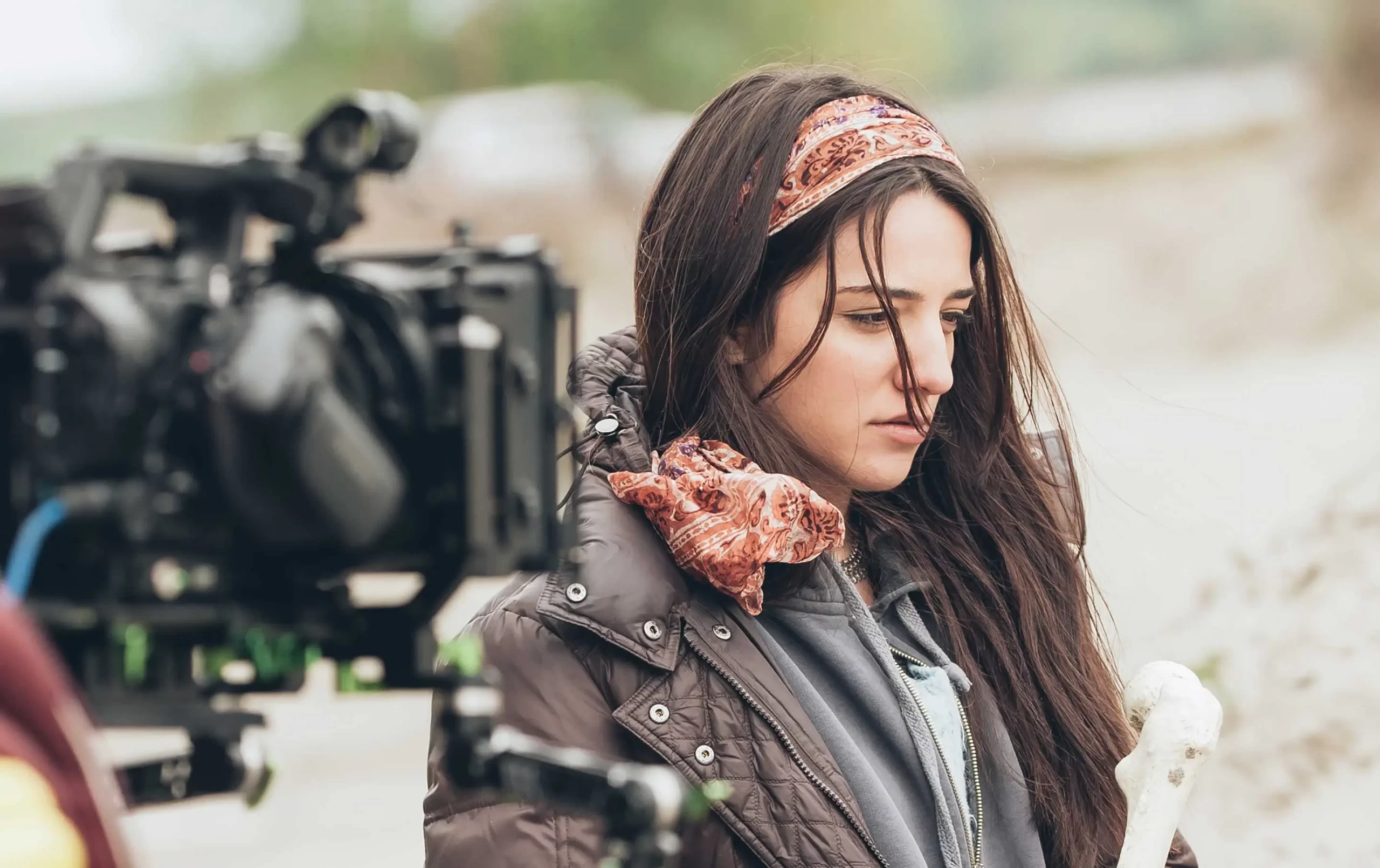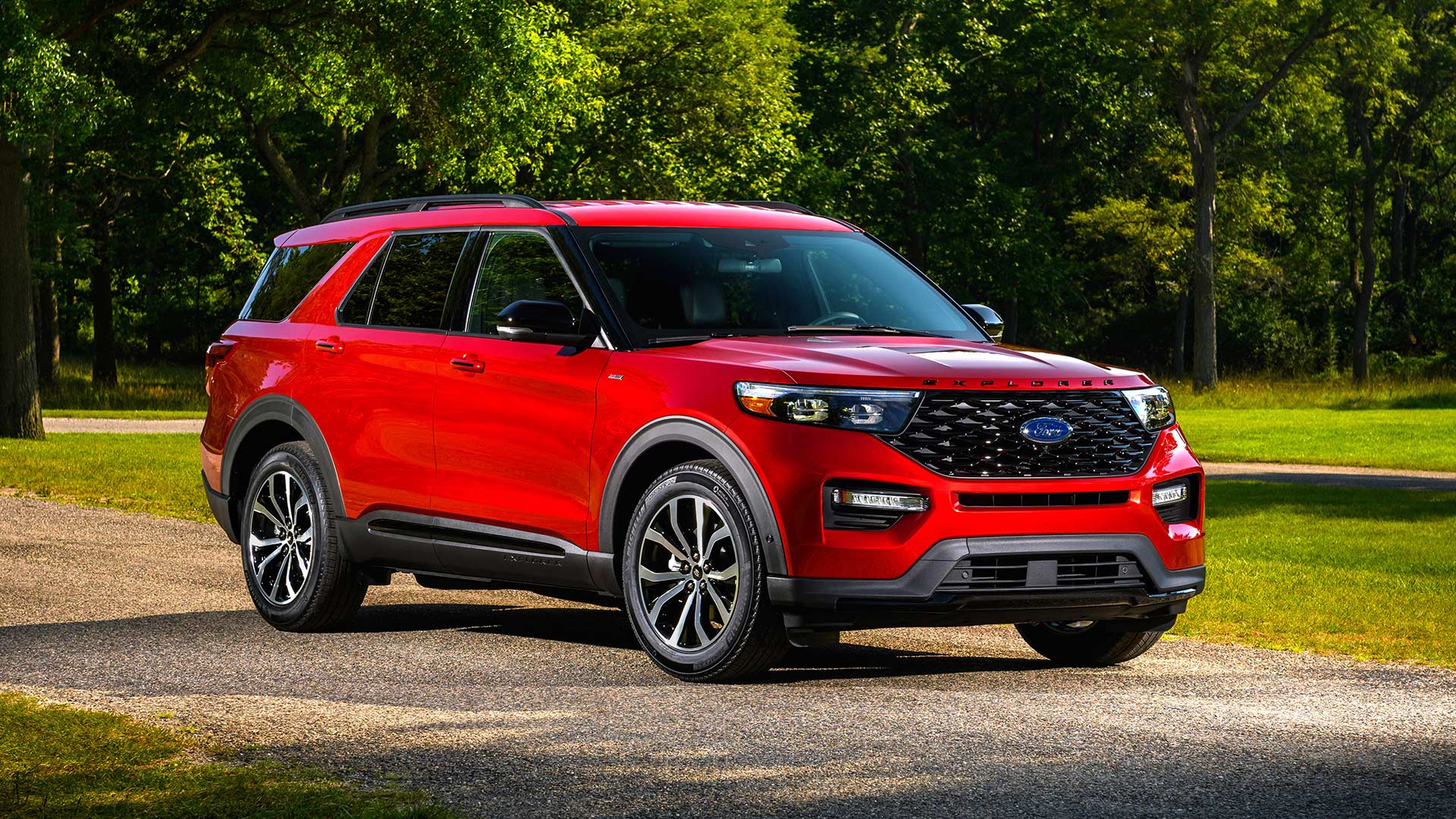
Documentary filmmaking is a non-fiction style of filmmaking that focuses on documenting a certain aspect of reality for the purpose of preservation, education, entertainment and more. A lot of creative individuals get attracted to this dynamic style of filmmaking, Bruce Weber Photographer being one of them. Documentary filmmaking involves a good deal of research for the purpose of acquiring the footage, context, narration, interviews and visuals that will appeal in the movie. There are multiple types of research that a documentary filmmaker can undertake, including taking in-person interviews, as well as conducting archival and academic research.
Documentary filmmakers commonly select a subject matter they are passionate about. A good, impactful documentary can be made about almost any non-fiction, real-world subject. After all, there are many instances where truth is stranger and more interesting than fiction. Several filmmakers realize this element, and opt to delve into nonfiction narratives in order to present intriguing content to the audience.

To become a good documentary filmmaker, one must firstly understand the differences between a documentary film and a feature film. Feature films are usually made with the purpose of entertainment and feature fictionalized events and characters. On the other hand, documentaries deal with real life events and facts exclusively, and are generally made to inform and educate. However, despite their differences, both documentaries and feature films do utilize cinematography and follow a script.
Good documentary filmmaking requires extensive research. After all, by definition, documentary filmmaking is a process that involves research into the subject that it seeks to document. No matter the subject of the documentary, whether it is the Korean War, Mexican cuisine or skateboarding, doing appropriate research on the topic is extremely important. To document people, culture, histories, events and more, one needs to find the individuals, footage, documents and objects that can actually tell the relevant story. Research is needed for the raw visual material that shall become a part of the documentary. Before putting anything into the movie, the filmmaker however needs to understand and interpret its context efficiently.
Subsequent to doing the needed research, filmmakers have to organize and plan out their documentary. What type of a documentary a filmmaker wants to make its subject, the length and more has to be finalized. The still photos, footage, newspapers, and online articles to be used into the documentary, alongside paintings, etchings, sketches, as well as letters, journals, and diaries have to be carefully chosen. Documentaries may even have governmental documents as archival materials.
One of the best ways to understand how to make good documentaries would be to watch such movies. Today people can find a large array of documentary movies available on the web, including the ones created by Bruce Weber Photographer. He has been the director of the documentary film Let’s Get Lost. His other movies include Beauty Brothers, and Broken Noses; Backyard Movie; Gentle Giants, as well as The Teddy Boys of the Edwardian Drape Society.









